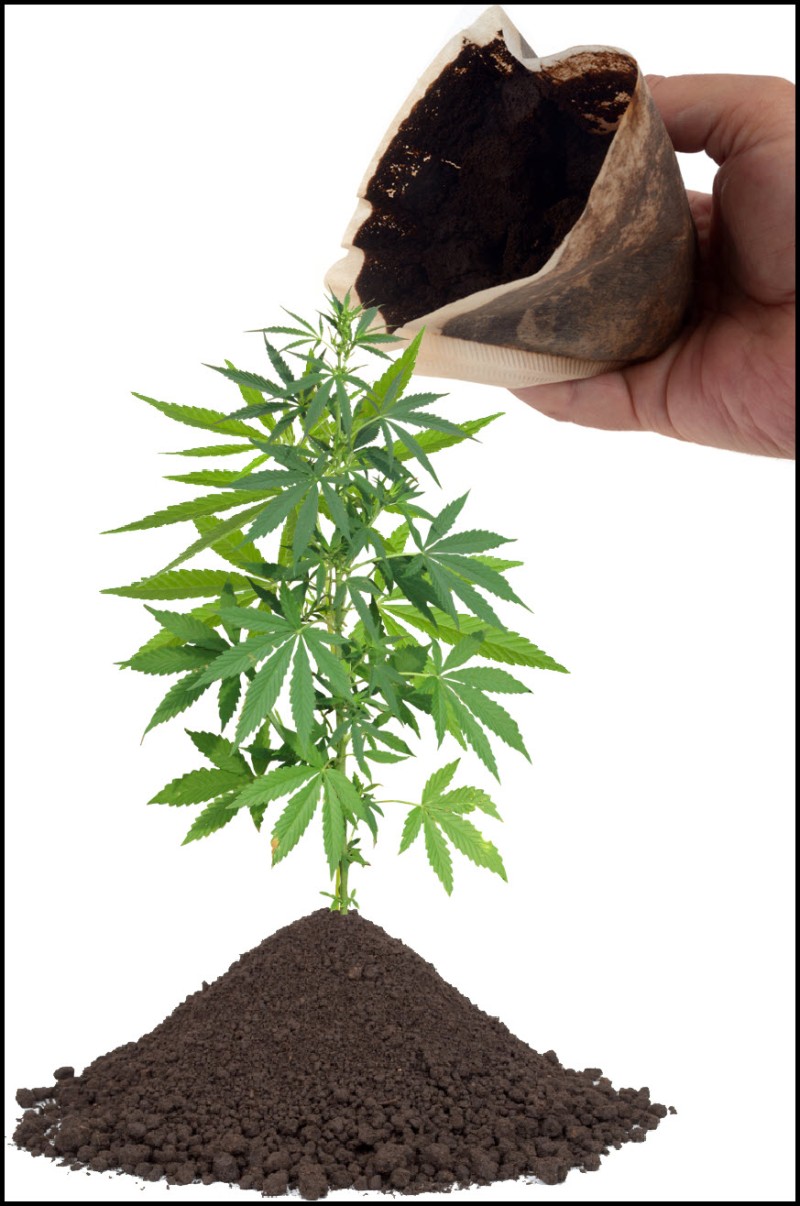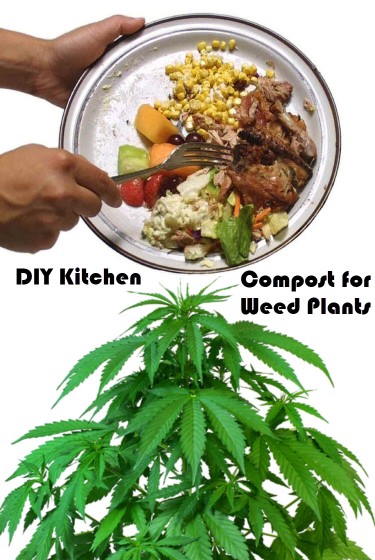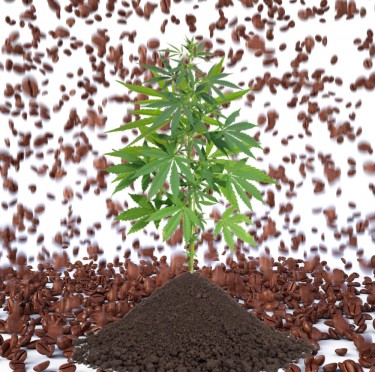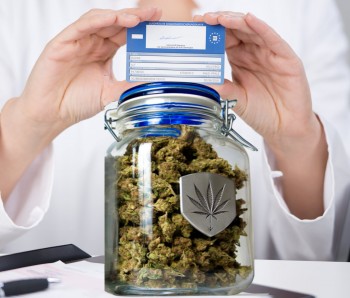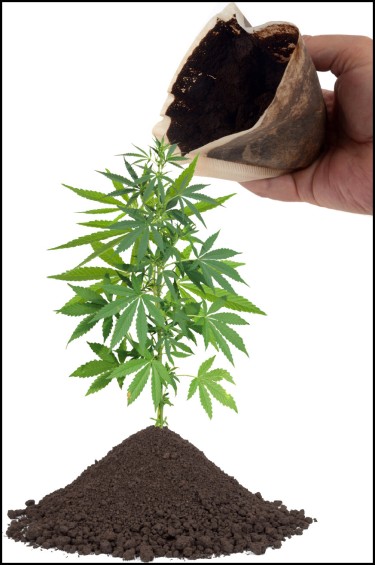
Organic cannabis cultivation has a lot to do with recycling. Instead of disposing of coffee grounds after brewing a good coffee, it can be fed to plants, used to repel parasites in gardens, reduce odor, and many more. Data shows that coffee waste of about 6 million tons is produced globally every year. This implies that our urban garden can never run out of coffee grounds.
Looking the nutrient composition of coffee grounds, it is highly rich In nitrogen which when supplied directly to nitrogen-deficient plants helps to restore healthy growth. Apart from this, coffee grounds are also usually mixed with other mineral compounds and fed to plants in the right proportions to restore nutrient balance.
A lot of organic farmers simply spread coffee grounds to cover the soil surface before watering, others mix it with the soil and some apply it around the plants. Whichever method of application, the aim is to provide the plants with a nitrogen source.
However, many have argued that using coffee grounds creates a host of other problems. Many argued that coffee beans contain pesticides that can be harmful to plants while others also tend to encourage mold growth. But let's have a look at some facts and figures to see if these claims are true and how best to use coffee grounds in plant cultivation.
Nutrient Composition of Coffee Grounds
Based on several agricultural studies and experiences of expert organic farmers, coffee is very good nitrogen fertilizer. Be it as a standalone organic fertilizer or a component in a fertilizer blend.
Coffee grounds have a pH value that ranges between 5.8 and 6.2 which is great for plant cultivation. It contains over 2% nitrogen, 0.6 - 1% potassium, and 0.06 - 0.3% phosphorus. This nutrient composition makes it ideal for the flowering and vegetative phases. However, its low phosphorus content might not offer enough to the high demands of the flowering phase. Hence, Big bloomers will require more phosphorus from other sources.
In comparison to other types of organic fertilizers, trace minerals and macronutrients present in coffee grounds are easily released and immediately available for plant use. Although, bacteria and fungi that reside in the soil do need some time to break down the minerals and convert them to form a usable plant.
One major nutrient the coffee ground is lacking in calcium, a vital element many plants love and need. But not to worry, egg shells are often used in a mix of organic fertilizers to supply the right quantity of calcium to plants while coffee grounds provide the needed nitrogen.
Naturally, Coffee grounds are acidic but when rinsed with adequate water, their pH tends to increase, reaching up to 6.5 pH. The grounds can also be soaked in water and the resulting tea can be used to irrigate and spray the plant. Nonetheless, while this method is straightforward, the mixture can sometimes be too acidic for some plants. Hence, coffee grounds in composted forms are usually advised as the best form of application since they constitute a balanced mixture of the green part
Coffee Grounds in Composting
A lot of expert organic farmers recommend the use of coffee grounds in compost form rather than applying them directly to the soil. In a composite form, coffee grounds become a component of green materials like vegetables and fruits which are then mixed with brown materials rich in carbon materials. These include eggshells, chopped leaves, wood as, he's, and so on.
A mixture of both brown and green materials is necessary for composite material. This is to allow the organic waste to warm up and decompose into high nutrient waste. Please note that coffee grounds shouldn't be more than 20% of the total compost volume.
Among various vegan components used for organic fertilizer, coffee grounds have the highest nutrient composition of any other. While some animal sources offer more potassium and nitrogen than organic compost, coffee grounds compete easily with most vegan sources of compost.
However, as regards the cultivation of cannabis, some experts argue that there are better options for fertilizing the plant. Aside from that, formulating organic fertilizers does require a lot of attention and skills to avoid mixing the wrong fertilizer. Fertilizers, whether organic or not, can cause serious damage to plants when applied.
So, like many growers who test fertilizers they have never used before, it is best to experiment with the fertilizer on a small batch of plants using various dosages and mixes. This way one can know the fertilizer's effect on the plants before applying it to the entire cultivation.
OTHER USEFUL WAYS TO RECYCLE COFFEE GROUNDS
Asides from the use of ground coffee as fertilizer in plant cultivation courtesy of its high nitrogen content, it also serves useful in more ways. When applied to soil, coffee grounds help to refine soil texture and improve water percolation both on the fields and in pots. They also contain good nutrients that worms and various bacteria find useful when applied in outdoor soils.
The acidity of coffee grounds can play both positive and negative roles in the soil. While increased acidity is bad for plants, it can be more dangerous to animals, especially dangerous parasites in the soil. Lastly, coffee grounds are micro-abrasive. The combination of its sharp edges and acidity makes ground coffee highly effective at keeping ants, snails, cats, and slugs away from plants.
Hence, a practical organic grower will be wise to spread coffee grounds along the boundary of his/her cultivation as a barrier. More uses of coffee grounds? They can also be used as deodorants in fridges and cars and can be used to clean your hands after handling smelly stuff like onions.
Conclusion
With this knowledge, you're now equipped to try out coffee grounds in compost since they are easily available. You should at least consider running some experiments with it, composting, and mixing various materials. Just this little extra effort can save you some money and above all reduce urban waste in the little way it can.
COMPOSTING CANNABIS, READ MORE...
DIY COMPOSTING FOR YOUR CANANBIS PLANTS, READ THIS!

